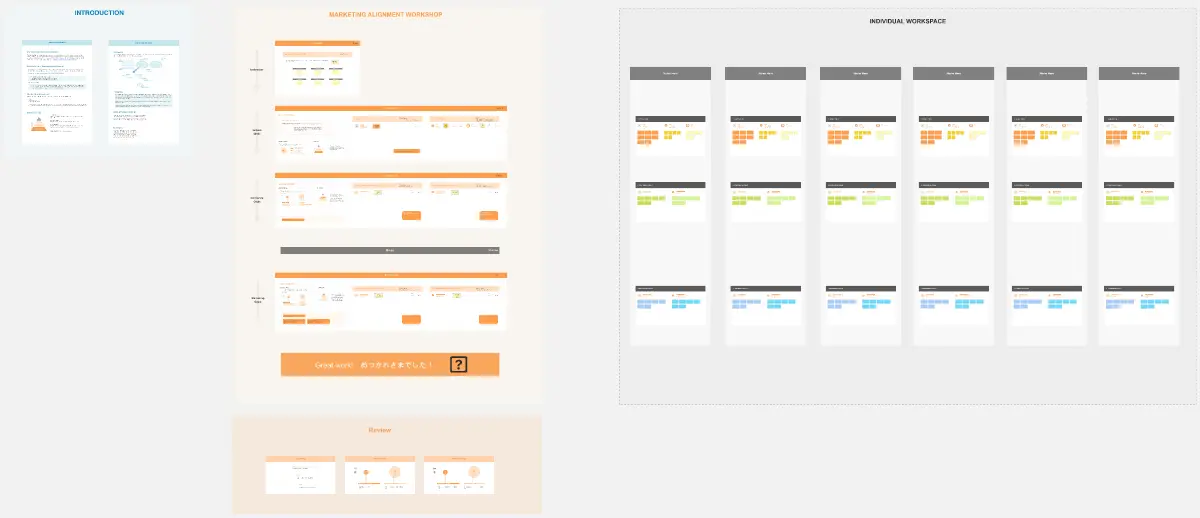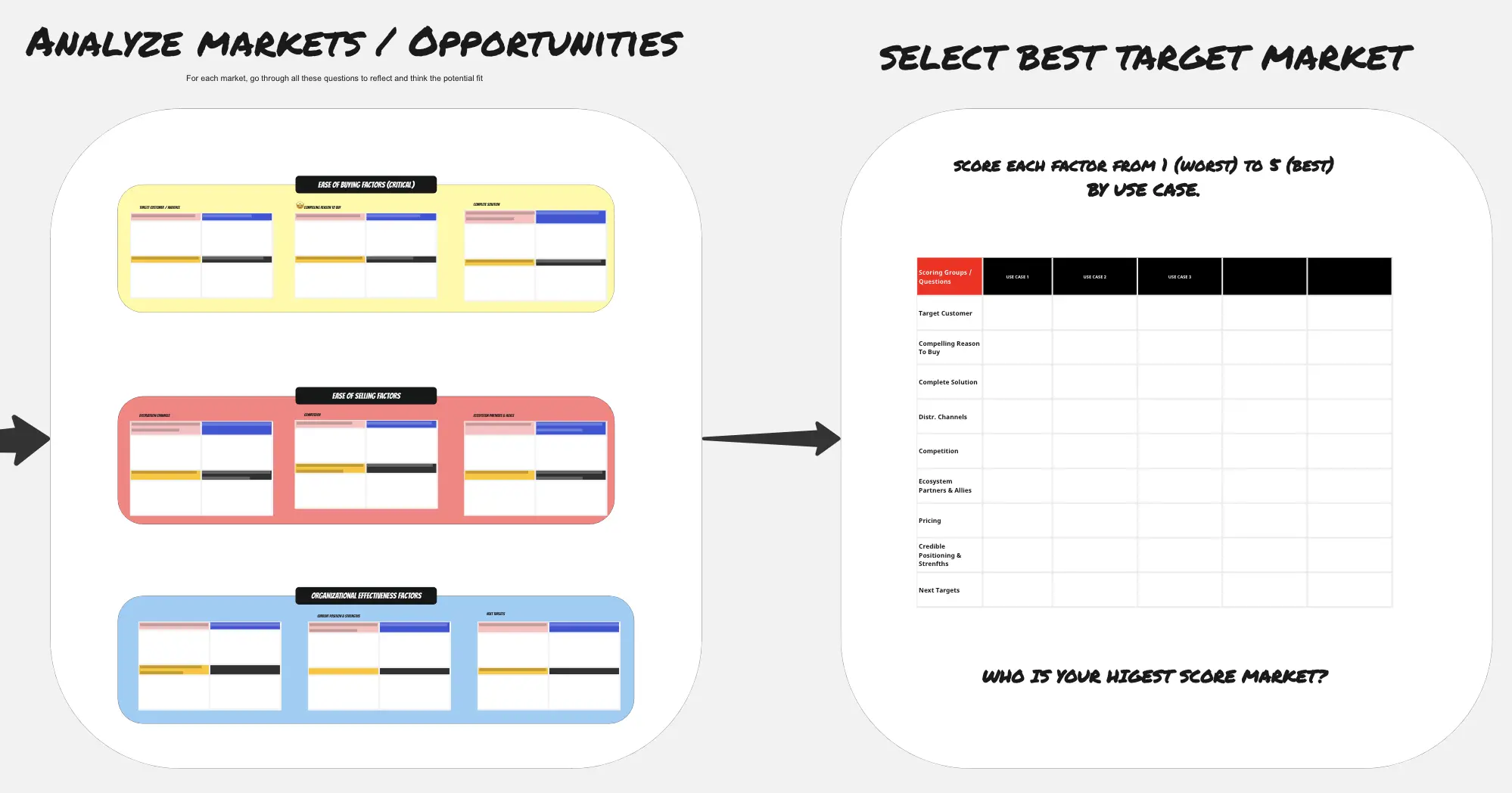When to use this market ecosystem mapping template
When you're launching or introducing a new product. Use the layers, from bottom to top, to launch in an organized way.
When you want to get a stronger product or brand positioning.
To reposition your product or brand.
To build brand awareness.
To launch a communications strategy.
Who can use this ecosystem map template?
Top leadership and go-to-market leaders willing to build an ecosystem strategy and strengthen their market position or launch a product.
How to use this market ecosystem map
Map your market ecosystem layers. Brainstorm the types of players influencing market perceptions and buying decisions. They could be journalists, press, media, industry analysts, taught leaders, consultants, industry associations, luminaries, educational institutions, standard organizations or complimentary providers of your buyers.
Find key influencing players by each market layer. Conduct market research and use the tool SparkToro to find the top 10% most influencing players in each layer.
Research and create a goal you want to achieve for each player. Examples include but are not limited tolearning from their feedback, co-selling, co-marketing, co-developing a product, becoming published, becoming mentioned, getting a product review, showcasing your product, etc.
Establish a relationship and build ecosystem partners and allies to achieve the goals.
Best practices to establish strong relationships with ecosystem players
Create specific content for each layer. Different layers in your market want to consume different types of content. They also want to learn different things about you.
Assign an owner to the relationship. You can have different teams managing the different layers of your ecosystem map. For example:
Sales team managing customer relationships.
PR team talking to journalists.
Product marketing team managing industry analyst and thought leaders relationships.
The partnerships team can manage relationships with consultants, suppliers, channel partners, and strategic alliances.
Ask for feedback on your positioning or product from the players. Leverage that feedback to inform your positioning and go-to-market strategy decisions. Fix their concerns and get back to you with your fixes.
Secure testimonials or endorsements by each player. Use them in your communications to support your positioning messages.
Keep relationships warm. As you develop the relationship, you may want to co-author papers/posts, co-speak at events, go live with them, and contribute to industry reports...
What this market ecosystem mapping template helps you accomplish
We've found the template very useful to achieve a diverse set of strategic goals:
Amplify your brand’s market reach.
Incentivize Word-Of-Mouth.
Build brand and product credibility through 3rd party players.
Reduce CAC.
Reduce sales cycles thanks to well-known market ecosystem references.
Build a lasting advantage with the network effect created by developing this huge network.
Validate products and ideas
Understand market objections to buying and behavioral patterns to improve your strategy and GTM.
With the support of this ecosystem, you can achieve a market leadership position.






